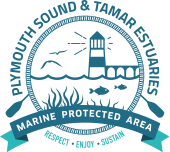If construction is done badly, marinas and jetties have the potential to impact on the ecology of the estuary through poor working practices during the construction phase (noise and pollution), through loss of habitat or by indirectly causing changes to the way in which the estuary functions.
In order to avoid these impacts, waterfront development should comply with the following measures to reduce the associated impacts.
